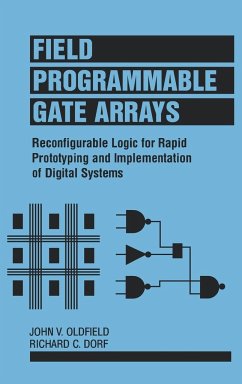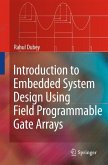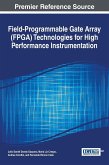Timely, authoritative, application-oriented an in-depth exploration of current and future uses of FPGAs in digital systems The development of field-programmable gate arrays (FPGAs) may well be the most important breakthrough for the microelectronics industry since the invention of the microprocessor. Using FPGAs, a system designer working on a PC can now develop a working prototype in a few hours and change it at will in just a few minutes, rather than waiting weeks or months for a printed-circuit assembly or a custom integrated circuit to be built. This newfound ability to change a system by simply altering its configuration memory is also leading to exciting new forms of computing, such as array applications that exploit parallelism. Now in a book that functions equally well as a working professional reference and a pedagogically consistent computer engineering text, John V. Oldfield and Richard C. Dorf: * Provide a detailed overview of FPGAs in digital systems design * Explain the underlying principles, strengths, and limitations of most FPGA architectures * Supply many real-life case studies, from elementary to advanced applications--including examples of "custom computing machines" * Review cutting-edge developments, including new architectures and a new field-programmable interconnect chip * Discuss key economic and business aspects of FPGA manufacture and applications and their role in intellectual property protection * Demonstrate ways in which FPGAs offer plausible solutions to some of the major computing problems of our day
Hinweis: Dieser Artikel kann nur an eine deutsche Lieferadresse ausgeliefert werden.
Hinweis: Dieser Artikel kann nur an eine deutsche Lieferadresse ausgeliefert werden.








